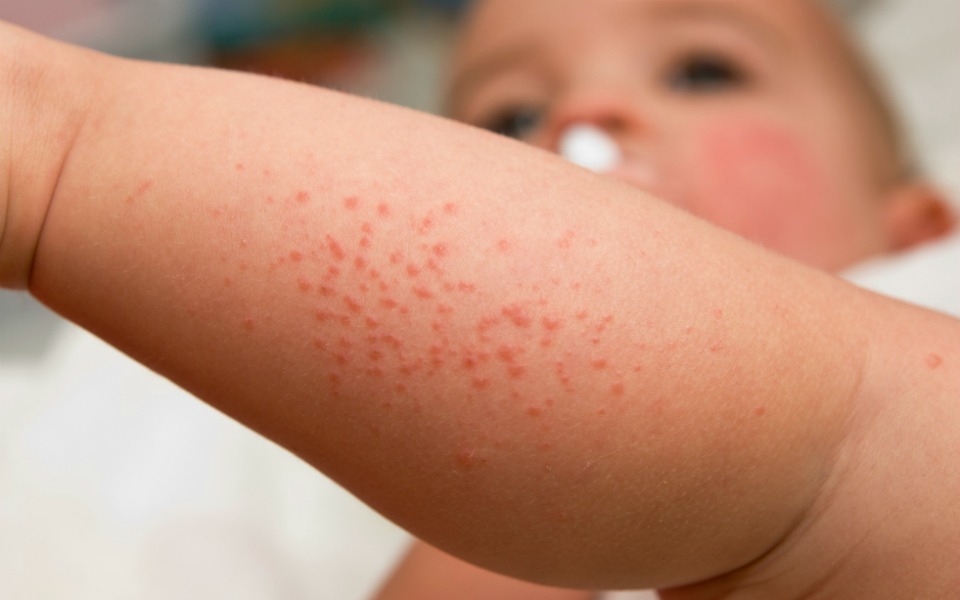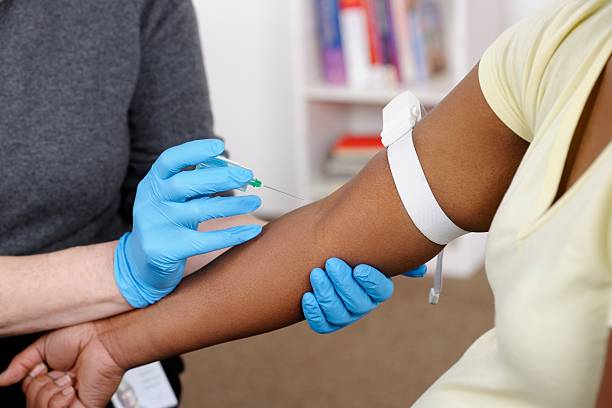The definition of infertility is the inability to conceive or having difficulty conceiving. How is infertility diagnosed? When a couple has been labeled infertile, this simply means that they have been unable to conceive a child within one year of regular sexual intercourse and without birth control. There are two categories within an infertility diagnosis: primary and secondary. Primary infertility is when you have never had a child and are unable to conceive while secondary infertility is when you have previously conceived but are having difficulty at the present time due to a medical problem impairing your fertility. There are a number of reasons for infertility and you may not realize you are infertile until you attempt to conceive. Approximately 14 percent of people in the U.S. are infertile and this can be contributed to by problems that have to do with lifestyle, age or physical issues.
How the Hormones Work
In a woman, the reproduction system depends on five main hormones: progesterone, estrogen, follicle stimulating hormone, luteinizing hormone and gonadotropin-releasing hormone (GnRH). GnRH is the first hormone released by the hypothalamus-one of the brain’s regions. After being released, the pituitary gland produces the follicle stimulating hormone and the luteinizing hormone. These hormones then communicate with the ovaries to allow them to release progesterone and estrogen.
The follicle stimulating hormone causes several of the egg follicles located in the ovaries to mature and ripen (the ovaries hold between 200,000 and 400,000 of these follicles). In addition to having this effect on the egg follicles, this hormone makes the ovaries produce estrogen which in turn causes a large release of the luteinizing hormone and then stimulates the ovulation process by releasing an egg into the fallopian tubes from the largest follicle. The luteinizing hormone is also responsible for producing the yellow tissue (corpeus luteum) that makes progesterone. At this time, estrogen and progesterone work together to prepare and thicken the lining of the uterus by swelling it with blood so that a fertilized egg can implant itself.
In a man, the reproductive system depends on four main hormones: testosterone, luteinizing hormone, follicle stimulating hormone and gonadotropin-releasing hormone. The GnRH is released by the hypothalamus in a man’s brain just as in a woman’s brain and triggers the luteinizing hormone and the follicle stimulating hormone to be produced by the pituitary gland. These two hormones then regulate sperm production and the release of testosterone. This all takes place within the male testes which is inside the scrotal sac.
Causes of Infertility
Both men and women can be the cause of infertility due problems in a man’s system or abnormalities in a woman’s system. Twenty percent of infertility cases are due to both parties having problems with their systems, 10 percent of the time the problem cannot be found and the remaining 70 percent of fertility cases is split between the man and the woman. It can be caused by a number of reasons, some of which are easier to fix than others such as poor lifestyle or sexual habits. Sometimes the cause can be as simple as not having sex enough or using lubricants that interfere with the sperm’s survival. Lifestyle habits that can be changed include heavy use of drugs, tobacco or alcohol, tight underwear and stress. Tight underwear causes infertility in men because the tightness raises the temperature in the crotch area and therefore reduces sperm count. Stress can cause a woman’s cycle to be irregular and can increase a man’s risk of infertility by lowering his sperm count.
A woman might become infertile due to a number of reasons including pelvic inflammatory disease (PID), which is the most common cause of infertility throughout the world. This is a condition where the pelvis or at least one of the reproductive organs is infected. This includes the fallopian tubes, the ovaries, the uterus or the cervix. This disease comes from the same type of bacteria that causes sexually transmitted diseases such as Chlamydia or gonorrhea. Another reason for infertility in women is a condition called polycystic ovarian syndrome. This causes infertility because it does not allow the body to produce eggs due to the overproduction of testosterone and other male hormones.
Endometriosis and infertility commonly go hand in hand. This is because when a woman has endometriosis, parts of the uterine lining implant in and scar the vagina, pelvis, fallopian tubes or ovaries. Other problems with infertility in women include other sexually transmitted diseases, such as genital herpes, which can lower fertility; immune system problems; hormonal problems; fibroids; surgical complications; medications and poor quality cervical mucous.
Men can become infertile due to fewer reasons than women, some of which include having swollen veins in the scrotum, under-developed testes, some medications, exposure to metals, testicle injuries, chronic infections to the prostate and infections such as tuberculosis and gonorrhea. Other causes of male infertility include autoimmunity and retrograde ejaculation, which is where the sperm travels back into the bladder instead of being forced out.
Coping With Infertility
After trying to conceive and not experiencing pregnancy, it can lead to feelings of being unfeminine or unmasculine, guilty, frustrated and stressed and to the pressure of infertility treatment. If you are experiencing infertility after properly planning the timing of sexual activity and doing everything you know to naturally conceive, seeking advice from a doctor should be a next step if you are considering more advanced types of assisted reproductive treatments. Some of these treatments include in vitro fertilization, or IVF, which is a procedure where the woman takes fertility drugs to increase egg production; the doctor then retrieves at least one of the eggs, mixes it with the sperm in a petri dish and allows the fertilization to take place. Once this occurs, the doctor allows the embryo to develop for a few days outside of the womb and then implants it into the uterus lining. Other treatments include artificial insemination and gamete intrafallopian tube transfer (GIFT). During treatment for infertility in some cases, you run the risk of multiple births.



